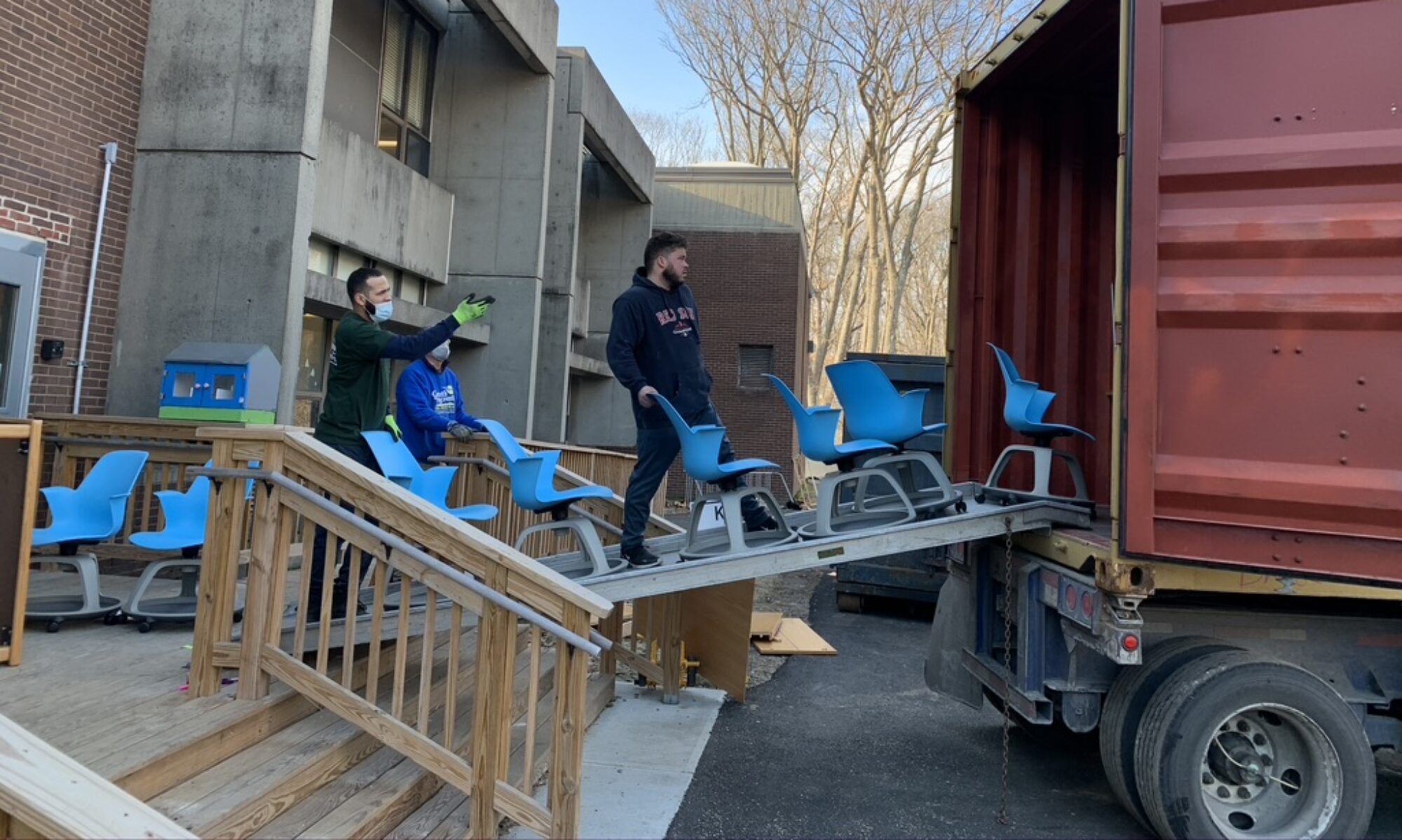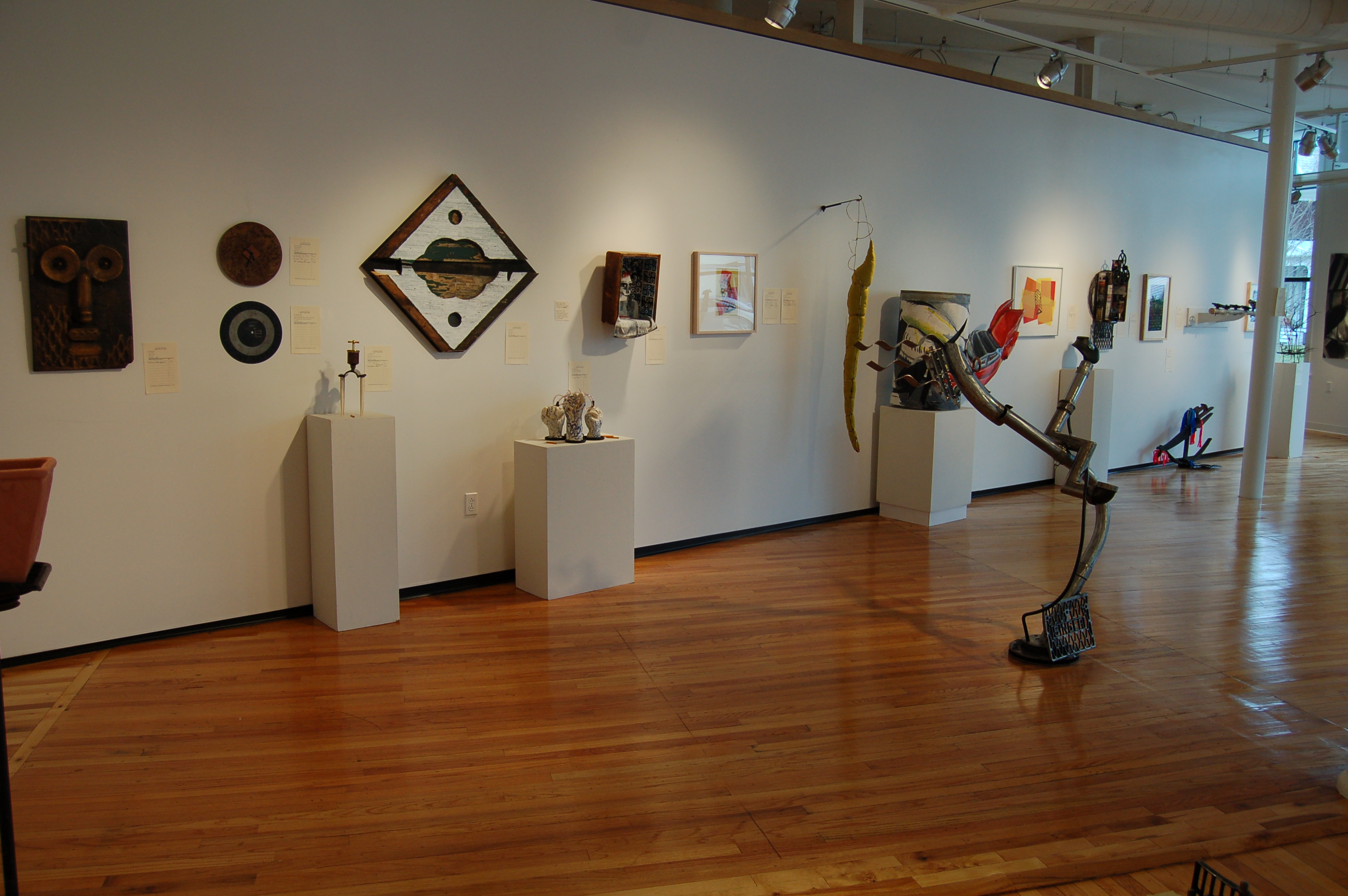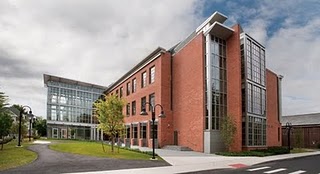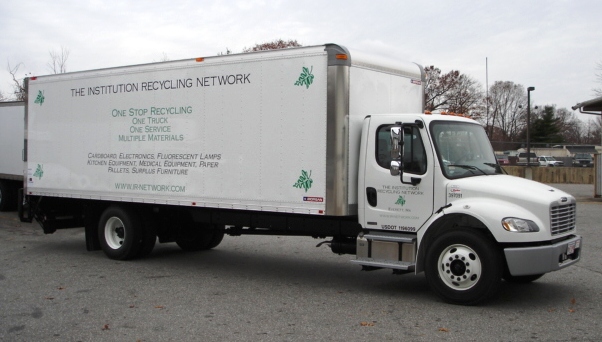
There is nothing we throw away that is not a resource.
Paper – To make paper we kill trees, hurt the land, and damage ecosystems. Almost 100% of paper can be recycled. The small fraction that can’t be recycled can be composted or burned to create energy – renewable, carbon-neutral energy.
Plastic – Plastic is highly refined oil. On a planet where wars are fought over oil, it’s idiotic to throw plastics away, which we do by the millions of pounds every day. The best thing to do with this highly engineered oil is reuse or recycle it. If we can’t do that, we should burn it for energy. Plastic is (contrary to widespread belief) a very clean fuel, much cleaner than oil or coal.
Glass – There’s plenty of raw material for glass; we’re not going to run out of sand anytime soon. But making glass from sand uses huge amounts of energy. Making glass from glass doesn’t. Glass in almost all of its forms can be reused or recycled. Energy (coal, oil, natural gas) is the resource that’s saved.
Metals – The planet is running out of metals. Every scrap of metal we use can be recycled. Recycled metals, all metals, are worth a lot of money.
Food waste – One of the most serious issues on our planet is loss of fertile soil. This is true in the U.S. as it is around the world. Food waste composts into high quality soil. It is a resource that can be returned to the earth that produced it. Food waste also contains a lot of energy. That’s the reason we eat it. That energy can be captured by converting food waste to liquid fuels: ethanol or bio-diesel. A lot of food waste can be converted to animal feed, freeing up other food for human instead of animal consumption.
The list goes on and on. There really isn’t much “waste” in the world, just a lot of resources we’re throwing away. And, there’s more to those resources. Reuse and recycling create jobs. Compared to using virgin raw materials, reuse and recycling are immensely better for the environment. Reuse and recycling support local, not multi-national economies.
So, think zero waste. Even as a recycler, I used to think Zero Waste was a silly, unrealistic goal. Not any more. There’s nothing in our “waste” that isn’t a resource, that can’t be put to productive use, that can’t conserve energy and resources if reused or recycled, that can’t, if reused or recycled, make the planet a healthier, more robust place to live.
The reverse is also true. Everything that we waste tends to run down the planetary ecosystem and the worldwide economic system.
Think zero waste. It’s the only way forward.
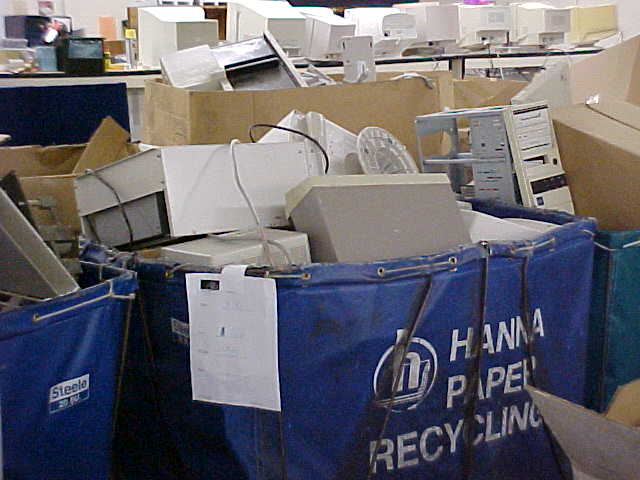 Electronics Amnesties are a different take on Weird Waste. Used electronics are a liability. They contain information you don’t want to escape. They contain hazardous substances. Many of them, particularly CRT and flat-screen monitors, TVs, laptops, and anything with a rechargeable battery, are regulated wastes. And like dust mites or cockroaches, they’re everywhere – you just can’t see them. Hiding in closets, behind desks, under work tables, stashed in storage rooms.
Electronics Amnesties are a different take on Weird Waste. Used electronics are a liability. They contain information you don’t want to escape. They contain hazardous substances. Many of them, particularly CRT and flat-screen monitors, TVs, laptops, and anything with a rechargeable battery, are regulated wastes. And like dust mites or cockroaches, they’re everywhere – you just can’t see them. Hiding in closets, behind desks, under work tables, stashed in storage rooms.